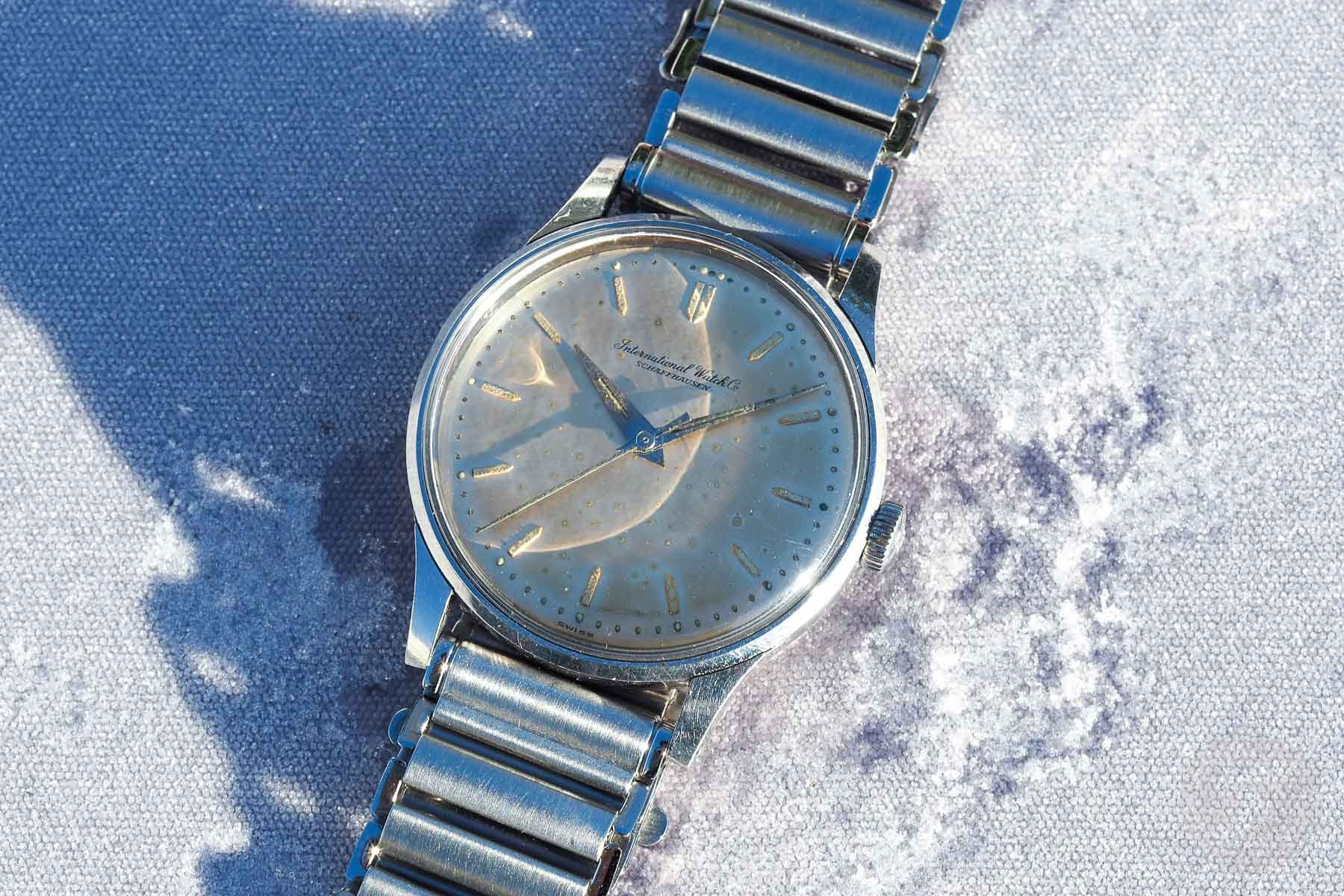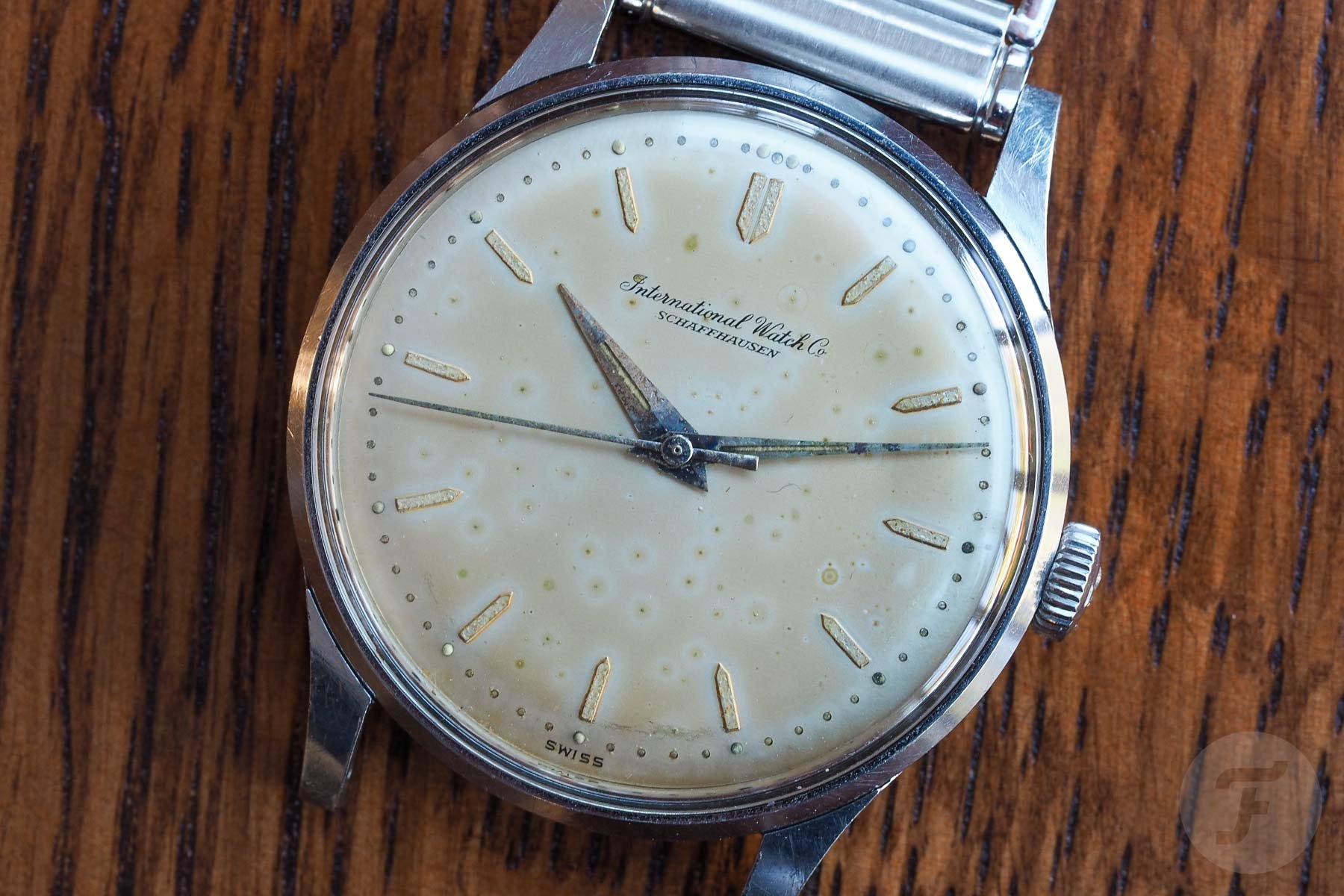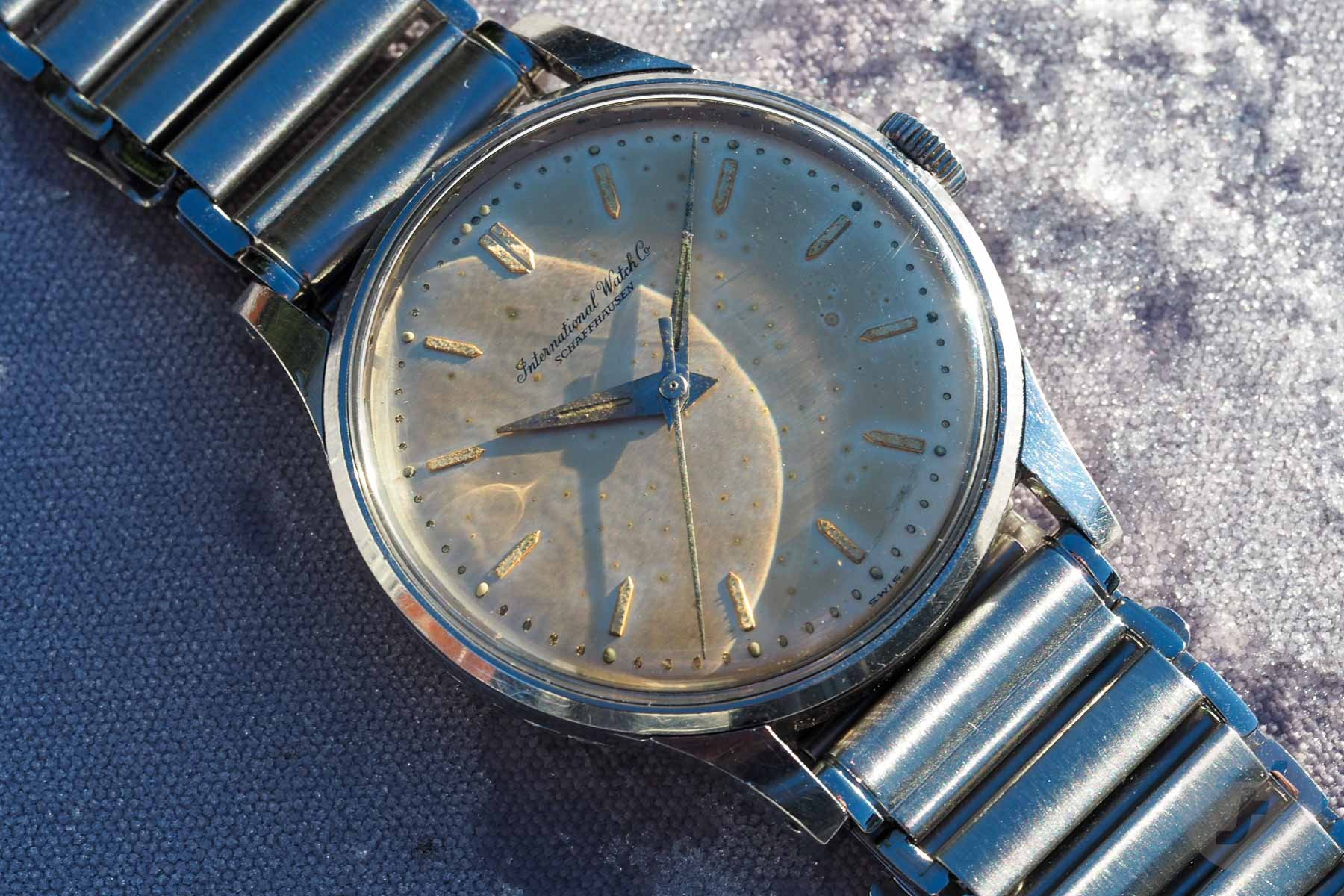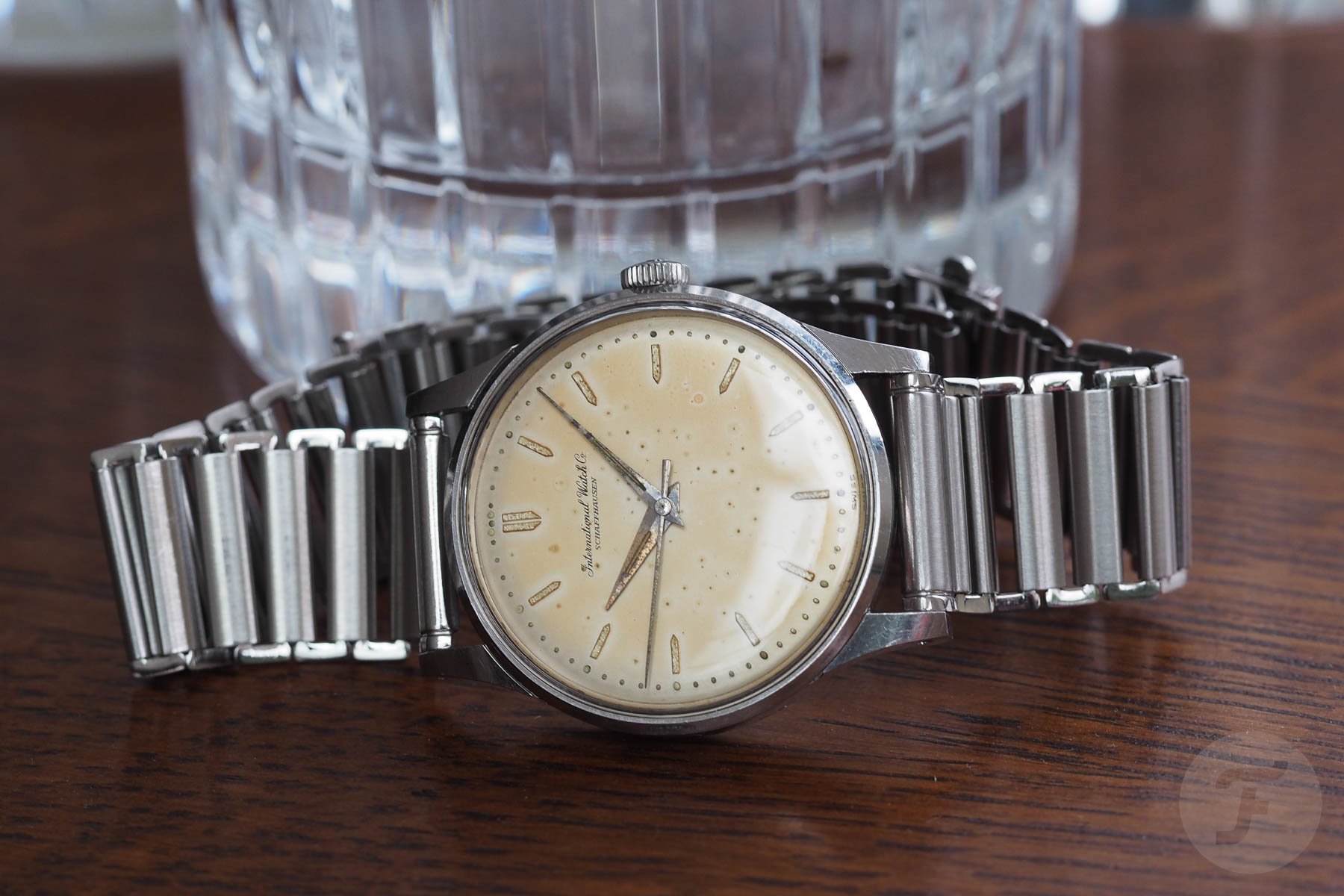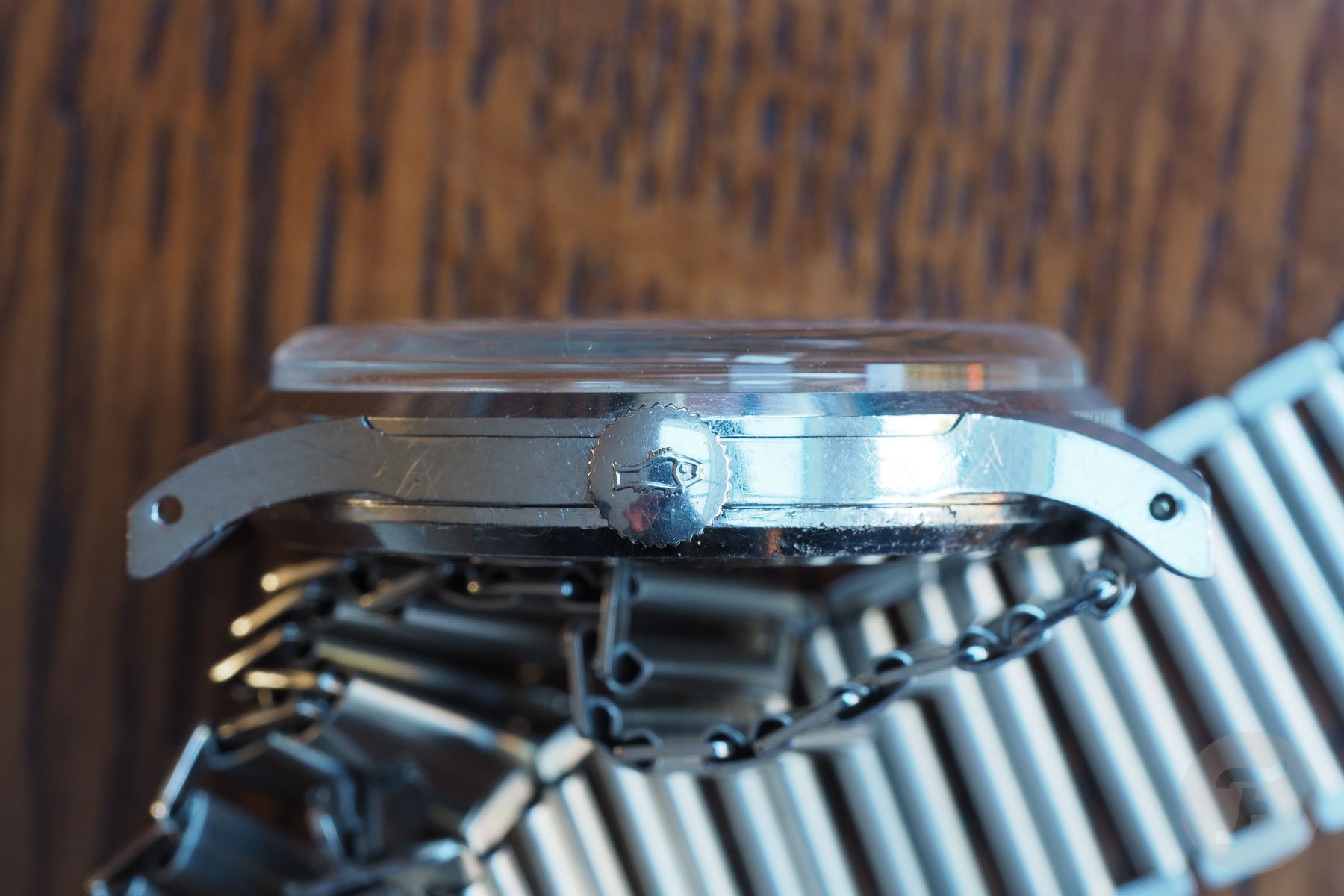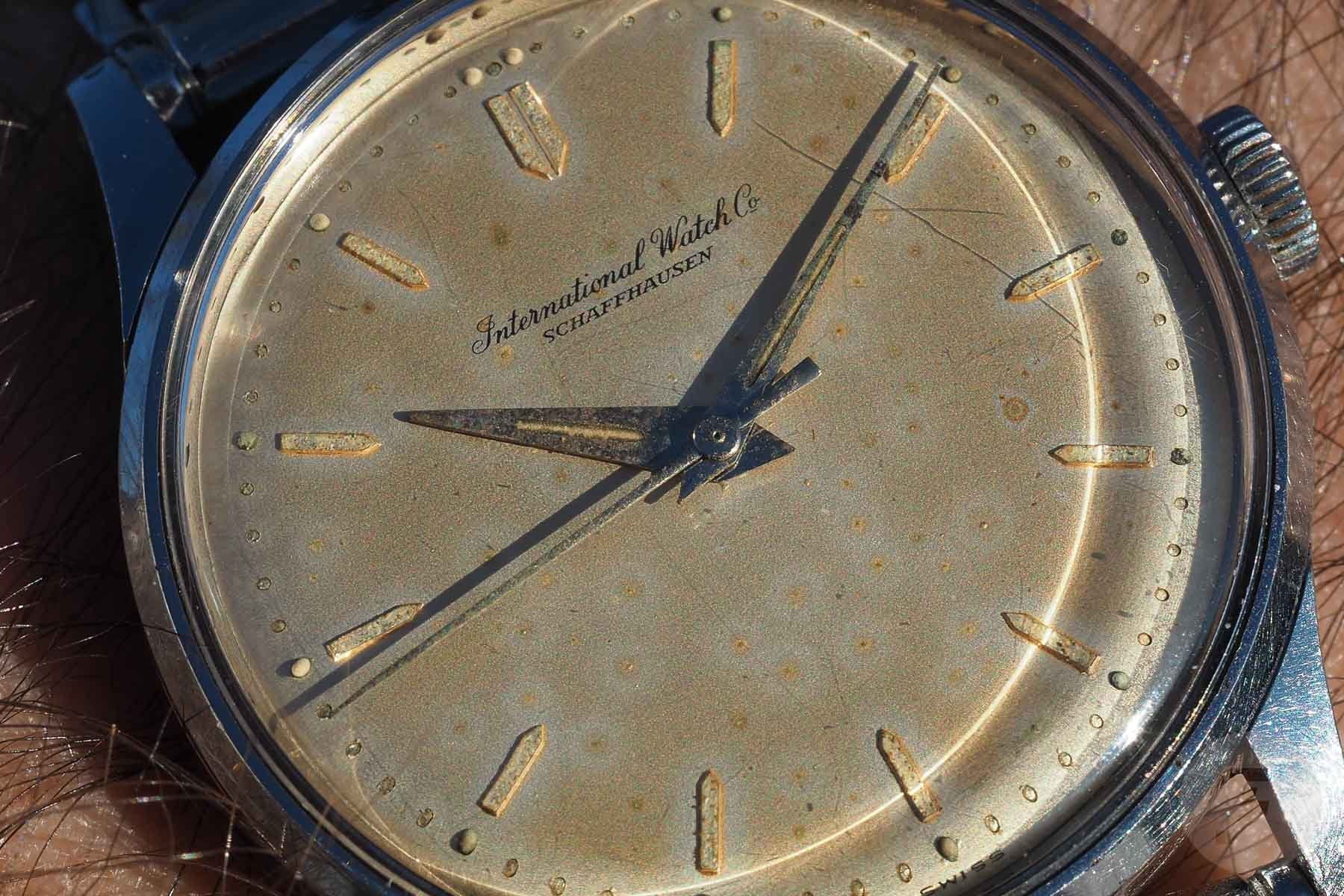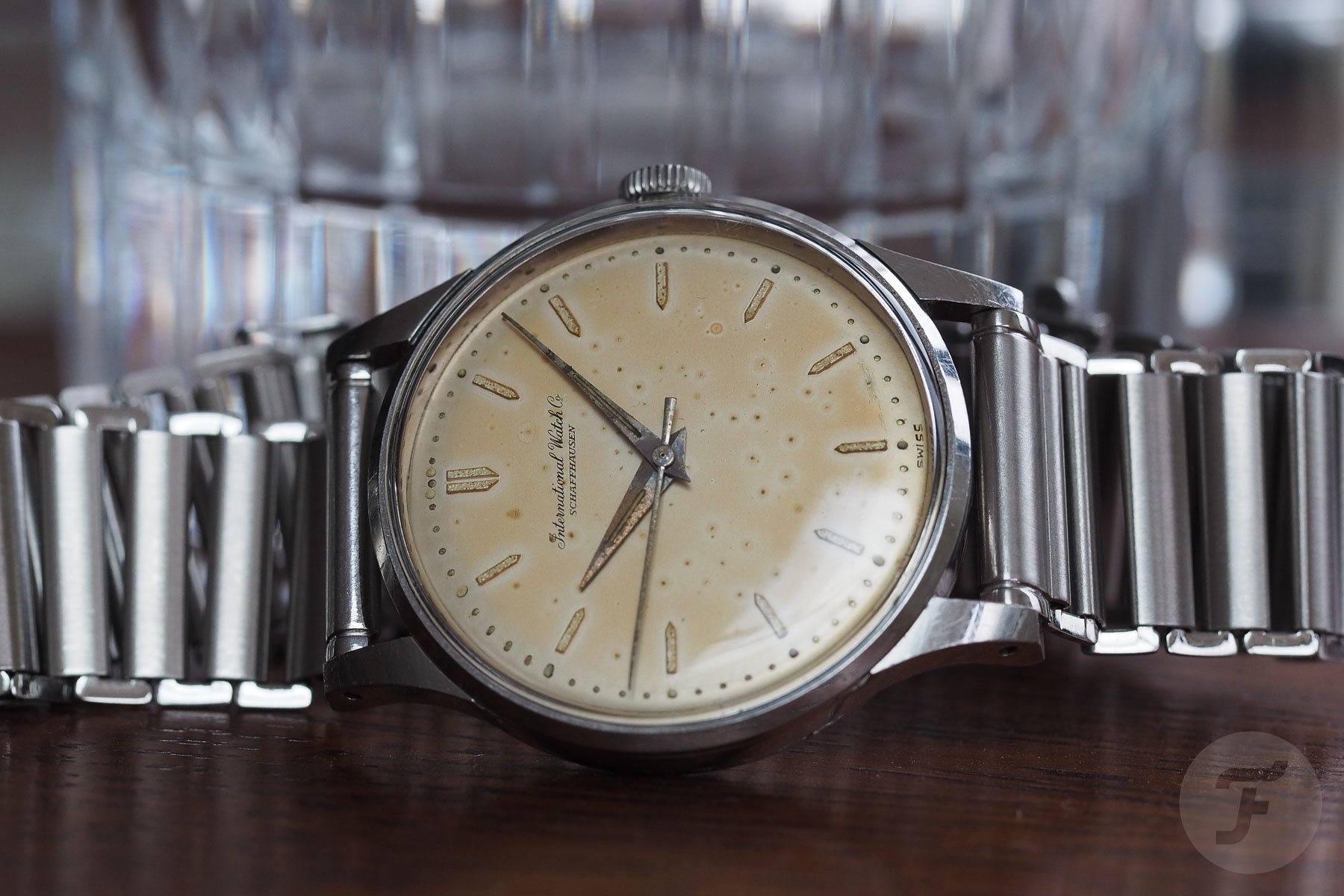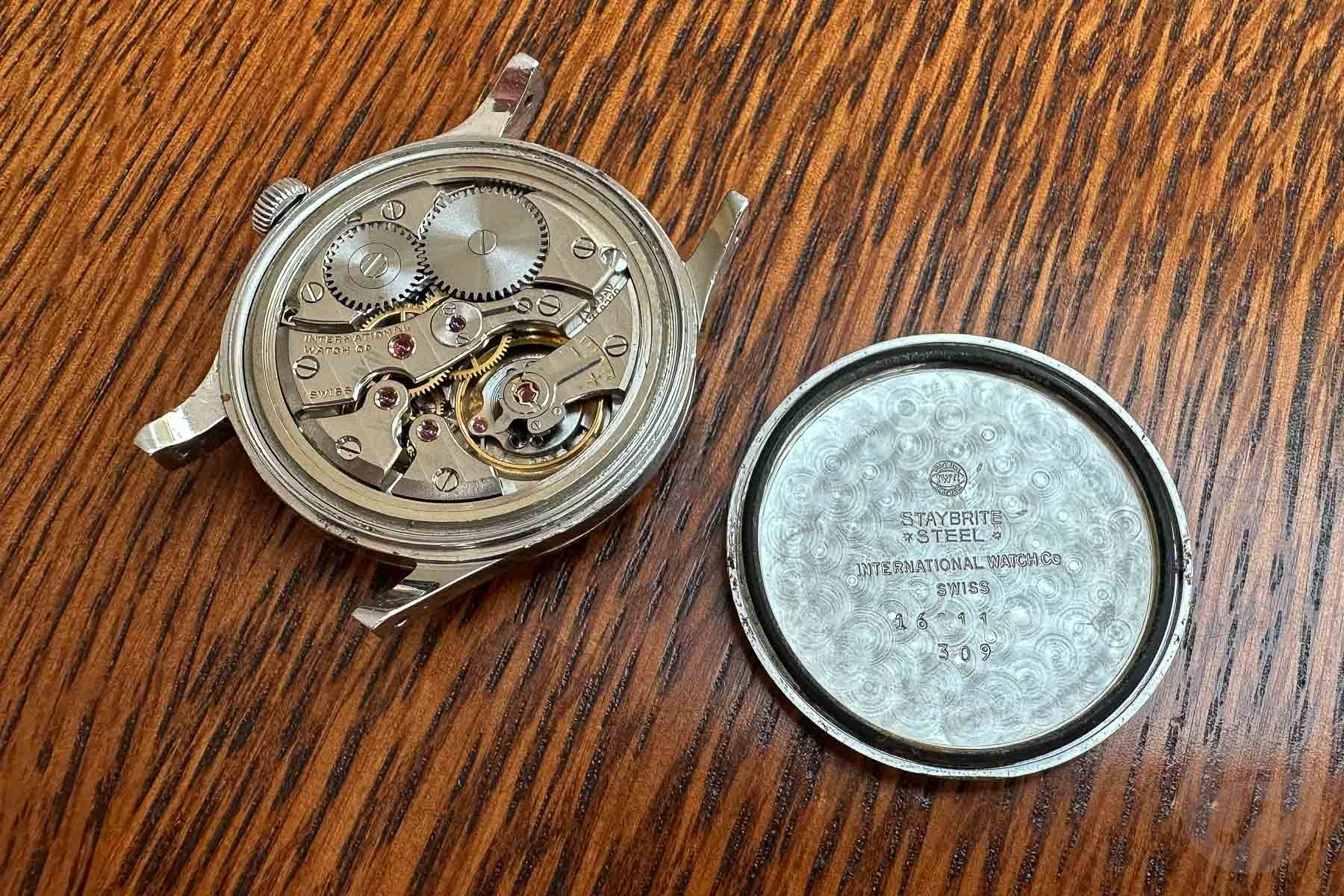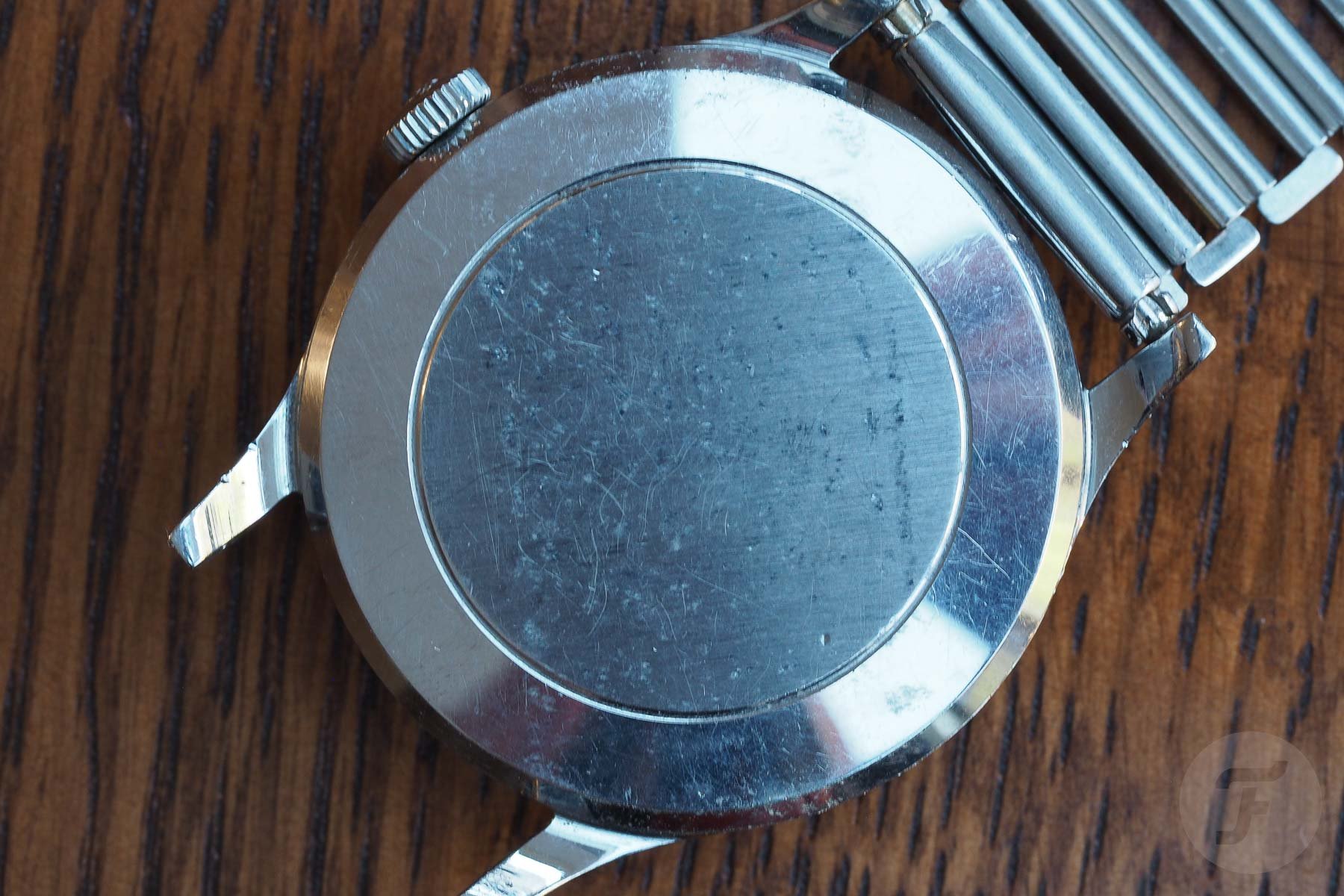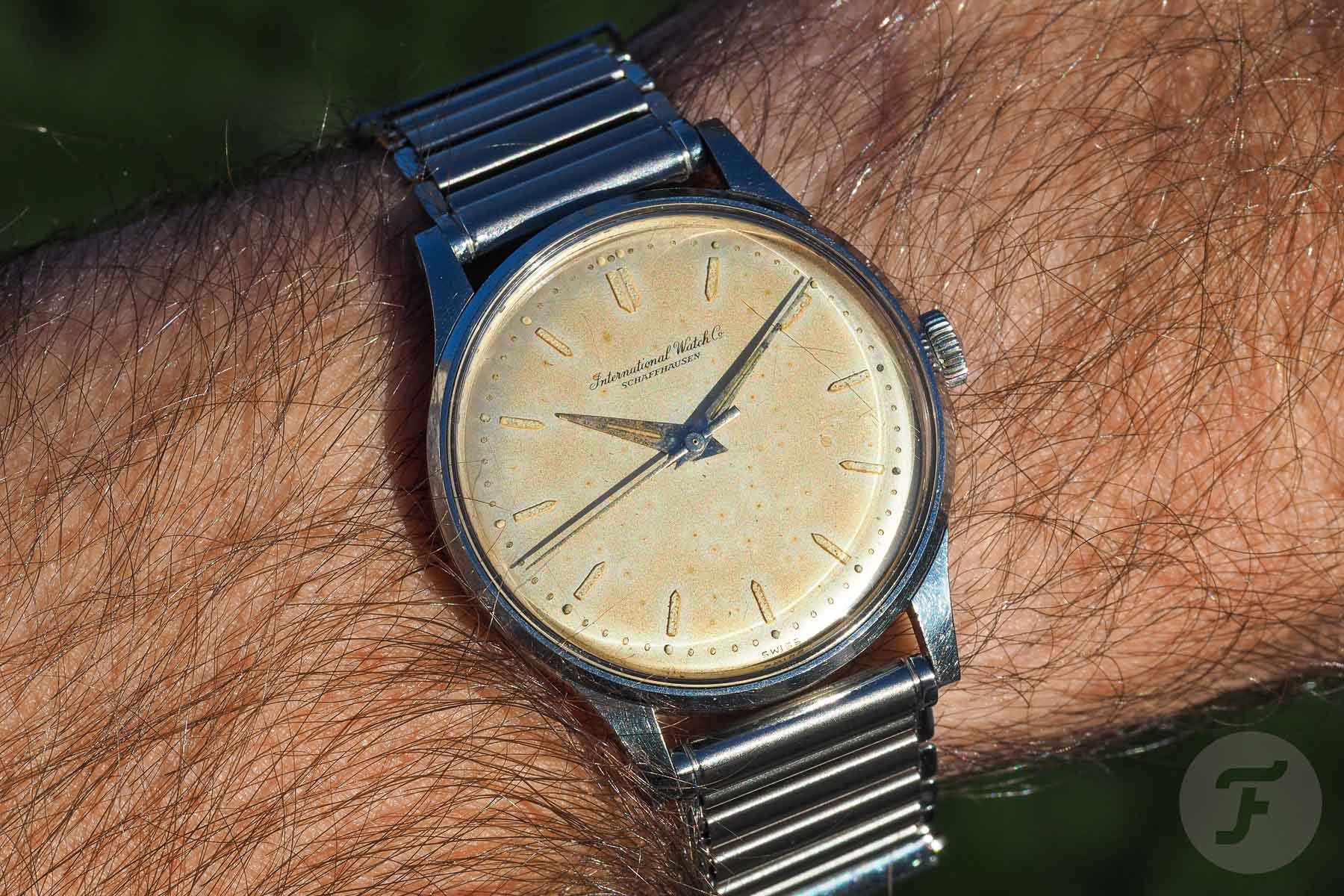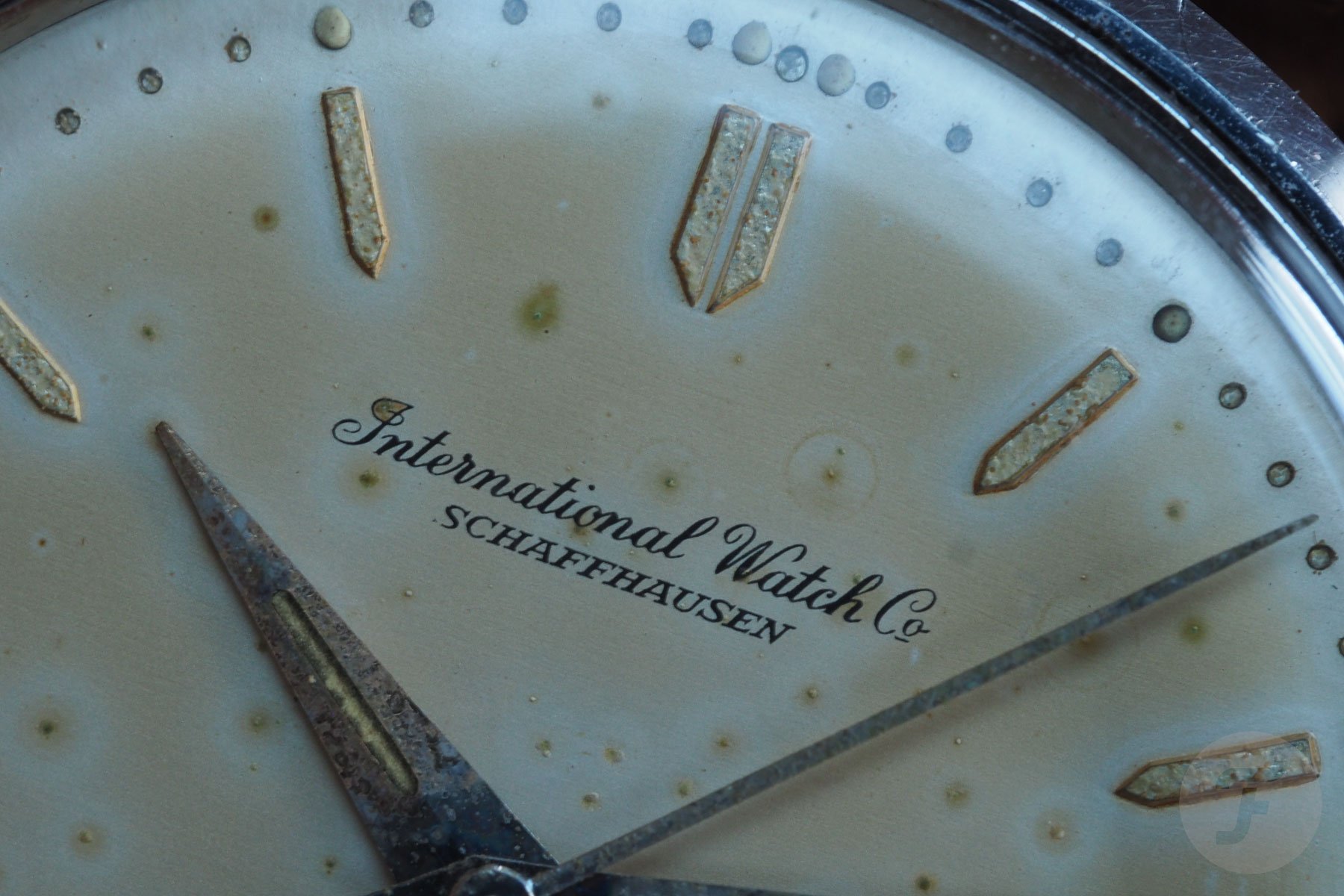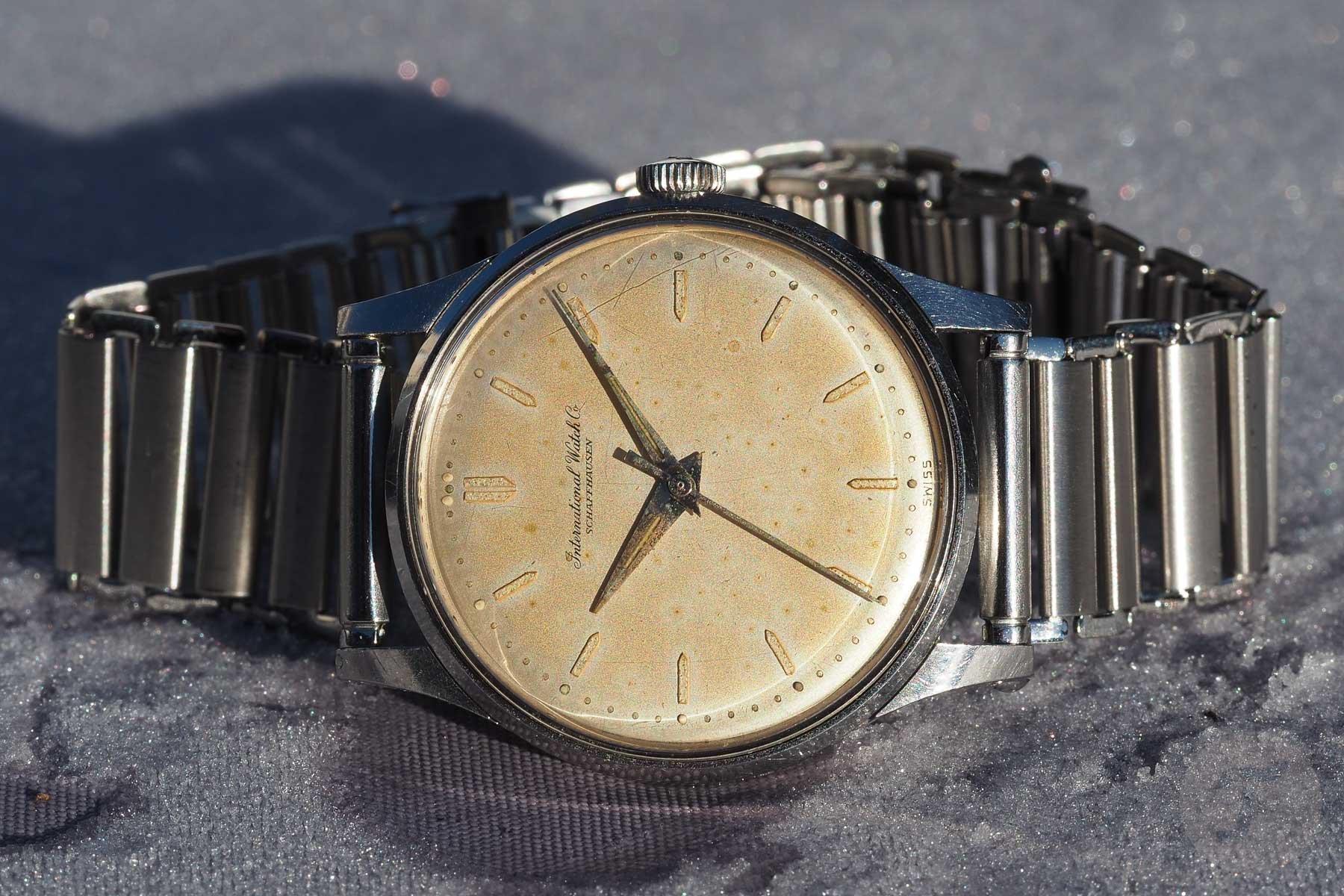Vintage Watches: The IWC 309 Brings Calatrava Looks At A Fraction Of The Price
Today, we’ll take a look at a vintage IWC 309, a watch that attracted me due to its likeness to another watch. This classic is no copycat, though, as it brings enough unique styling flourishes to the party. We also have the chance to discuss one of the more heralded movements in history.
At the end of 2023, I penned an article on the iconic Patek Philippe Calatrava 570. To sum it up in just a few short words, it represents the peak of watch design to me and lacks absolutely nothing in the aesthetics department. Its primary demerit, though, is its severely high price of entry along with the challenge of finding a worthy example. Today’s IWC 309 is a worthy watch on its own, yet it called to me on account of its similarities to the Patek. At cents on the dollar versus the latter, how does this 60-year-old watch compare?
Calatrava looks
As a hopelessly addicted collector, I enjoy collecting similar objects. Take a series of watches from one generation to the next, and there’s little that I enjoy more than lining them up and noting both the likenesses and differences. It’s the type of affliction that leads to owning many watches that look scarily alike. So there I was after buying the Calatrava, having a look for other companies that made similar-looking pieces. Longines, Tavannes, Movado, Vacheron, and more all jumped on the train and featured drilled minute markers, flowing lugs, and, at times, flat bezels. The problem is that many of these watches were either very small or simply unavailable. This led me to IWC.
Vintage IWC is a scary and barren marketplace
Spend just five minutes looking at vintage IWC watches for sale, and one can easily conclude that very little is on offer that dates to before 1970. Well, at least there’s not much that’s worthwhile. First, almost everything sits in Japan, so it makes logistics slightly challenging for most of us. Then, there’s the condition. For whatever reason, most vintage IWC pieces I’ve run across either have perfect (too perfect) dials, or they’re complete train wrecks. And while prices come across as reasonable for a lot of watches, even putting a relatively modest amount toward one felt risky. Thankfully, watch shows exist.
Finding the IWC 309 in person
In a recent article about my Eterna 852, I mentioned that I found it at a watch show near Heathrow Airport. It was at the same show that I stumbled upon the IWC 309 with the famous Caliber 89 inside. I went into the event with fairly low expectations of finding an IWC but came across one after about 30 minutes of browsing. After only viewing similar models online, it was reassuring that a physical specimen had the same allure in person. The flowing lugs and spot-on proportions were apparent from the first moment that I picked it out of a rather crowded display.
As you can see, the dial on this IWC 309 is anything but unblemished. Somehow, though, the watch spoke to me, and it wasn’t a case of carpe diem. Still, I told the seller that I’d finish perusing the rest of the show before making a decision. Ultimately, I returned, and we struck a deal.
Breaking down the 309
Unlike so many watches today, it seems that most models from 60 to 80 years ago lacked a proper name. These were “just watches,” so it took opening up this one to find the 309 reference number. A quick look online for “IWC Calatrava” will reveal an entire assortment of watches that are similar to the watch I now own. There are loads of case styles with similar dials and a plethora of different lug designs. If we focus on pieces with flowing lugs, I’ve been able to deduce via photos and a discussion with a friend that this is a later model from the early 1960s. Earlier watches had more rounded lug ends and lacked luminous hands and indices. The 309 uses a case with flat-ended lugs that would ultimately house both manual-wind and automatic movements.
This IWC 309 features a stainless steel case with a snap-on back. The size is just over 34mm in diameter and 40.5mm from lug to lug. This makes it a small watch compared to the Patek, but it’s so well balanced that it wears better than it should on a medium-sized wrist. A domed acrylic crystal brings the overall thickness to just under 10mm. Whereas the Patek overshoots with a wide 20mm lug spacing, IWC did hem in the design, taking that down to a typical 18mm. The other external detail of note is an early version of IWC’s well-known fish crown that denotes some level of water resistance. The embossed creature is more detailed, albeit older looking, than the brand’s current design.
A dial with a history
As I mentioned, the dial on this IWC 309 is far from perfect, but from everything I can tell, it’s unmolested. Everything lights up under UV and none of the lume is missing. The silver lacquered dial has Calatrava-esque pressed hour indices and a drilled minute track. At each hour, there’s a radium luminous dot that matches the material found within the dauphine hands. As we can see, the radium has worked away at the metal plating on the hands, indices, and the dial in general. I reached out to Eric Wind to ask about IWC dials from this period, and he mentioned that severe aging is quite common. Perhaps the materials that IWC used were far more susceptible than those used by other brands.
Other dial details worth mentioning are the lovely full “International Watch Co.” script in black and the word “Schaffhausen” in italicized block letters. The dial is mercifully devoid of any other information aside from the Swiss wording at the bottom. When I was researching this model, I came across nearly identical pieces, the only difference being the “T Swiss T” at the base of the dial. From the serial numbers that I could see, they came later. That transition from radium to tritium makes sense to me, but I am more than happy to stand corrected if we have any IWC experts reading this article.
The mighty Caliber 89
Owning a Caliber 89 has been on my bucket list for quite some time, and fortunately, one sits inside the IWC 309. Caliber 89 is a legendary hand-wound movement, but I decided to dig in and figure out why. The most common story relates to its introduction in 1946 and use in the equally iconic Mark XI. The 89 has a reputation for robustness, and articles mention its beefier components (wheels, screws, and plates) that were meant to survive a jolt. Of course, it also ended up in non-military watches, and this led to an incredibly long production run. IWC made over 200,000 of these movements into the early ’90s and instituted several small changes over this time. The shock-protection components vary, and there are hacking and non-hacking versions.
Technical info
As far as the technical aspects, I will refer you to this classic article from 2001 that provides great detail on the various components within this 16-jewel powerhouse. It’s important to realize that while IWC’s Caliber 89 is an incredibly reliable and long-lasting movement with regular servicing, it was built for purpose. Hopefully, this simile isn’t too arcane, but I came away from reading the article thinking that the 89 was a lot like the Remington 870 shotgun. In other words, it’s highly serviceable and trustworthy. It still contains small nods to high-end competitors in the finishing department where it counts, but it’s not overly luxurious.
Those takeaways, by the way, are different from how I went into understanding the 89. Some have likened it to some of the finest movements from Patek and the like. It’s a wonderful engine, but it is not overly decorated, and it was built for high-volume manufacturing. Perhaps the latter fact makes it all the more impressive in what it boasts in terms of finishing and quality.
On the wrist and more on the aesthetics
I purchased the IWC 309 on a leather strap, and that’s certainly a good look. However, I decided to pair the watch with the modern Forstner Klip, and I think it works well. On the wrist, the 309 is incredibly light and wears nicely. It has a similar case profile to a Patek Calatrava but loses the flat bezel in favor of an angled one. Aside from being comfortable, this IWC also feels sturdy and could easily be worn as a daily watch. Not bad for a 60-something-year-old!
Finding an IWC Calatrava
Finding an IWC 309 or any other Calatrava-like model isn’t overly difficult. However, finding one in decent, untouched condition is a real challenge. All the usual marketplaces are worth checking, and for some odd reason, Japan is a haven for these watches. The IWC Collectors Forum is active and a good place to learn and ask questions. As far as pricing, it’s nice to know that a decent piece can be had for somewhere between €800 and €1,500 with patience. That feels entirely reasonable for a watch that says “IWC” on the dial and contains such a historic movement.
Final thoughts
Is the IWC 309 a direct replacement for a “real” Calatrava? Well, there are notable differences that are entirely explainable. This watch was nowhere near as expensive as a Patek when new, and thankfully, it isn’t today. Still, it’s a great watch and, in my view, a downright bargain at current prices. I am sure that its slightly smaller size has led to this valuation, but sub-36mm vintage watches seem to be trending at the moment. Find a good one of these, and it should prove to be quite rewarding. If it doesn’t work out, it should be easy enough to sell. After all, it’s a classic.

